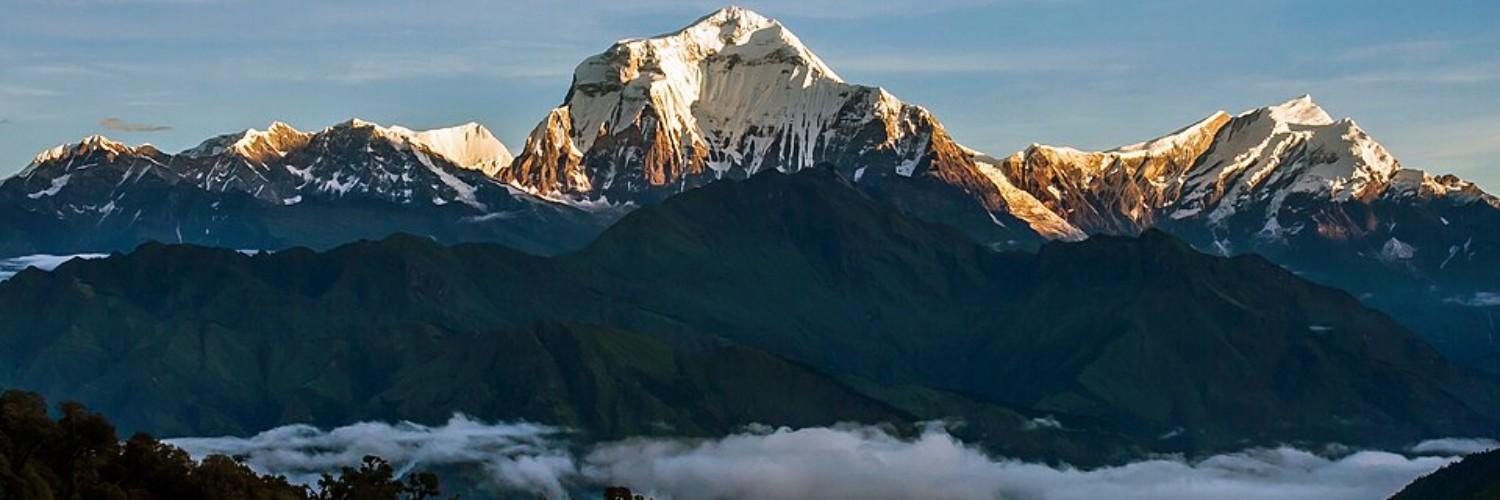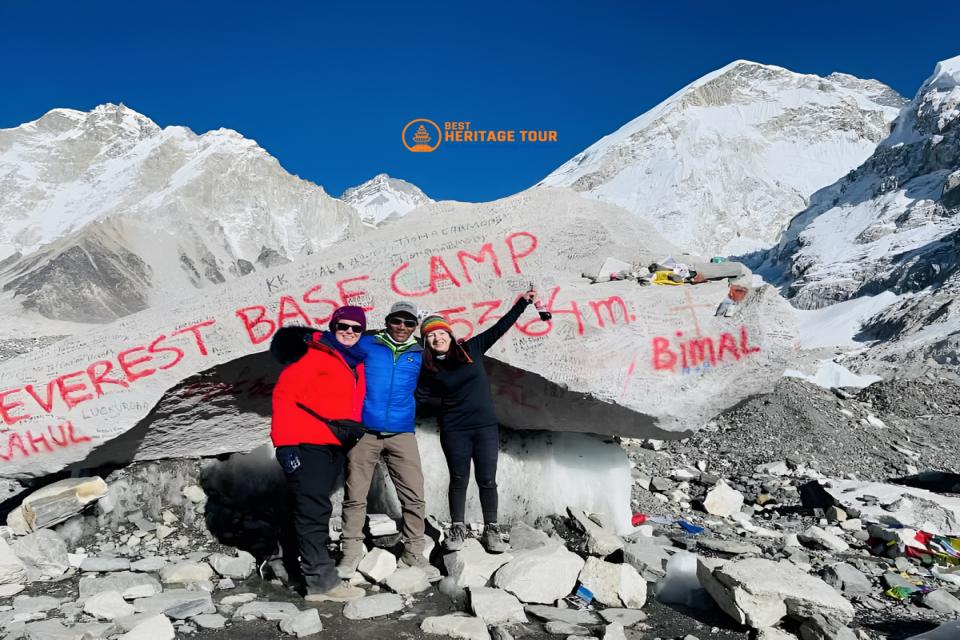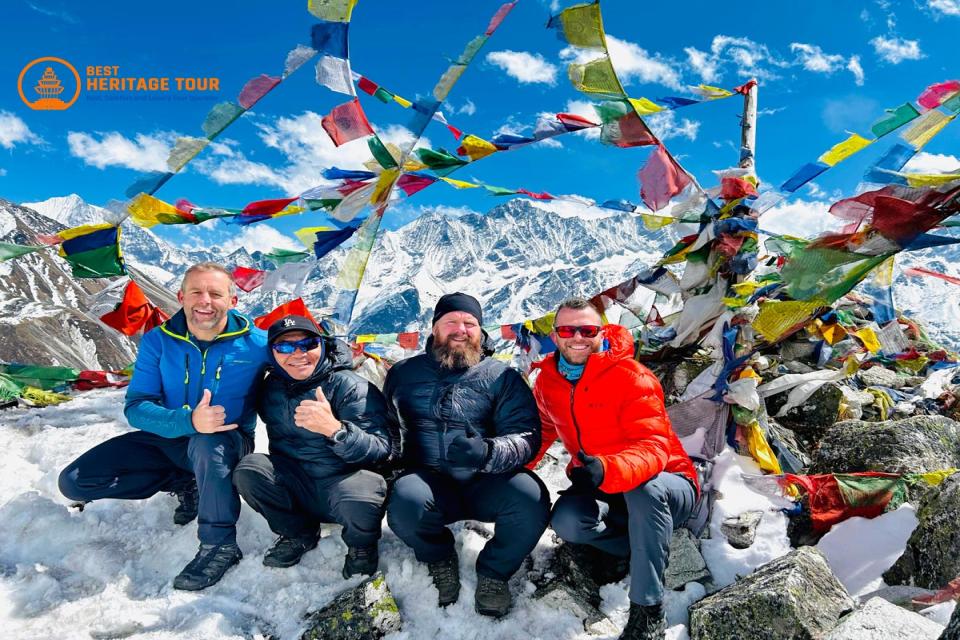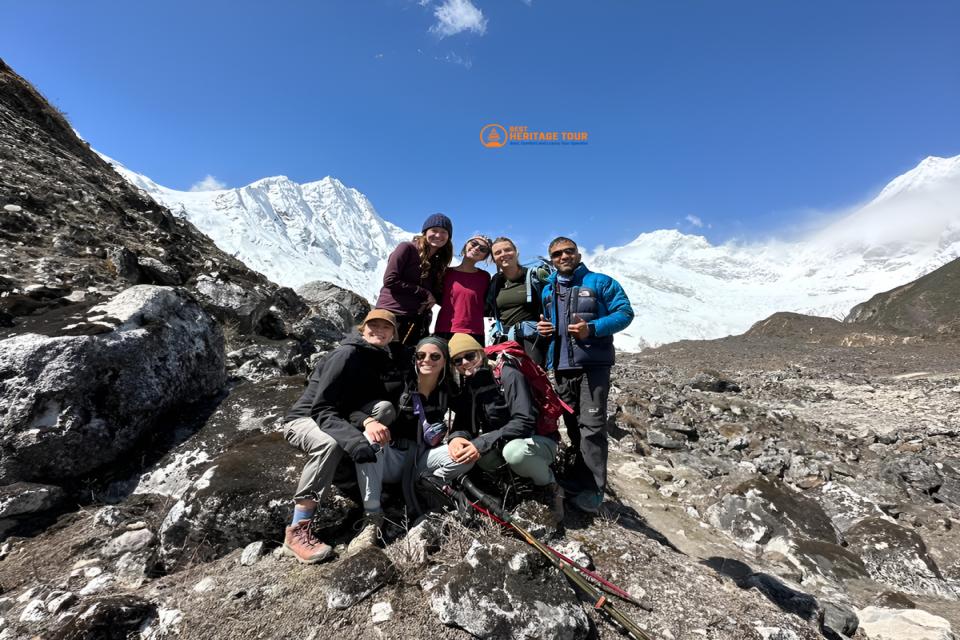Nepal, the land of towering peaks, serene valleys, and vibrant culture, is a dream destination for trekkers worldwide. For solo adventurers, trekking in Nepal’s Himalayas - whether in Annapurna, Everest, Langtang, or other iconic regions - offers a life-changing experience. The stunning landscapes, unique local cultures, and the thrill of walking in the footsteps of legendary mountaineers make solo trekking an unforgettable journey.
However, trekking alone also brings unique challenges. Weather changes, high altitudes, and rugged terrains can pose risks, especially for inexperienced trekkers. With proper preparation, awareness, and professional guidance, solo trekking in Nepal can be both safe and deeply rewarding. This guide offers practical safety tips, region-specific advice, and explains why booking with Best Heritage Tour can ensure a smooth, secure, and memorable adventure.
Why Solo Trekking in Nepal is Unique
Solo trekking is an adventure that allows you to connect deeply with nature, yourself, and local cultures. Nepal offers diverse trekking regions:
-
Annapurna Region: Famous for Annapurna Base Camp and Ghorepani Poon Hill, offering lush forests, traditional villages, and panoramic Himalayan views.
-
Everest Region: Includes the Everest Base Camp trek and surrounding trails, showcasing Sagarmatha, Sherpa culture, and breathtaking glaciers.
-
Langtang Region: A less crowded option with stunning landscapes, Buddhist monasteries, and rhododendron forests.
Each region has its own challenges and attractions, making it crucial for solo trekkers to plan carefully and follow safety measures.
Essential Safety Tips for Solo Trekkers
1. Plan Your Trek Thoroughly
Preparation is the foundation of a safe solo trek. Research your route, difficulty level, weather patterns, and accommodation options. Decide on daily distances, and always have a backup plan in case of emergencies.
Tip: Trekking with a guide or booking a professional package through Best Heritage Tour can greatly reduce risks and simplify logistics.
2. Acclimatize to High Altitudes
High-altitude trekking in Nepal, especially above 3,000 meters, can lead to Acute Mountain Sickness (AMS). Symptoms include headaches, dizziness, nausea, and fatigue.
-
Ascend gradually and allow rest days to acclimatize.
-
Drink plenty of water and avoid alcohol or heavy meals at high altitudes.
-
Recognize early signs of altitude sickness and descend immediately if symptoms worsen.
Recommended Routes for Safer Solo Acclimatization:
-
Ghorepani Poon Hill (Annapurna): Moderate altitudes ideal for first-time solo trekkers.
-
Langtang Valley: Gradual ascent and manageable trails for acclimatization.
3. Hire Experienced Local Guides or Porters
Even if you’re trekking solo, having a guide or porter can increase safety and enrich your experience. Guides provide:
-
Trail navigation and local knowledge.
-
Emergency assistance and communication with local authorities.
-
Insights into culture, wildlife, and Himalayan history.
Best Heritage Tour specializes in solo-friendly trekking packages, providing experienced guides and support staff to ensure a secure journey.
4. Stay Connected and Carry Essential Gear
Connectivity can be limited in remote Himalayan regions. Carry:
-
A local SIM card or portable Wi-Fi device.
-
Power banks for phones and GPS devices.
-
A first-aid kit including medicines for altitude sickness, stomach issues, and minor injuries.
-
Trekking maps or GPS apps, even if you are guided.
This ensures you can contact help if needed and maintain your safety in isolated regions.
5. Travel Insurance is Mandatory
Solo trekkers must have comprehensive travel insurance covering:
-
High-altitude trekking and helicopter evacuation.
-
Medical emergencies and hospitalizations.
-
Trip cancellations or delays due to weather or political situations.
Without insurance, rescue or medical treatment in remote Himalayan regions can be extremely costly.
6. Weather Awareness and Seasonal Planning
Nepal’s weather varies greatly depending on the region and season.
-
Spring (March-May): Ideal for flowers, clear skies, and moderate temperatures.
-
Autumn (September-November): Clear views of mountains, popular trekking season.
-
Monsoon (June-September): Avoid due to landslides, slippery trails, and heavy rainfall.
-
Winter (December-February): Cold temperatures and snowfall at higher altitudes; suitable for experienced trekkers only.
Always check forecasts and be prepared for sudden weather changes.
7. Solo Trekking Safety Practices
-
Inform friends or family about your itinerary and check in regularly.
-
Avoid trekking after dark and stay in designated lodges or teahouses.
-
Stick to marked trails and avoid taking shortcuts.
-
Keep valuables, passport, and cash secure; consider carrying a money belt.
-
Learn basic Nepali phrases or carry a translation app for communication.
8. Region-Specific Advice for Solo Trekkers
Annapurna Region
-
Trails are well-marked and lodges abundant.
-
Popular treks: Annapurna Base Camp, Ghorepani Poon Hill, Mardi Himal.
-
Challenges: Weather shifts and occasional landslides during monsoon.
Everest Region
-
High altitudes demand careful acclimatization.
-
Solo trekkers should monitor oxygen levels and health signs.
-
Lodging can be basic; booking in advance through agencies like Best Heritage Tour ensures comfort and safety.
Langtang Region
-
Less crowded, providing solitude for solo trekkers.
-
Risks include wildlife encounters and rapidly changing mountain weather.
-
Guided tours recommended for navigation and emergency support.
9. Food, Water, and Health Safety
-
Drink bottled or filtered water; avoid untreated streams.
-
Eat freshly cooked meals from reputable teahouses.
-
Carry energy snacks for long trekking days.
-
Prevent cold and flu by layering clothes and staying dry.
10. Trust Your Instincts and Pace Yourself
Solo trekking allows freedom but requires responsibility. Listen to your body, take rest when needed, and avoid pushing yourself beyond your limits. Mental alertness and self-awareness are as important as physical preparation.
Why Choose Best Heritage Tour for Solo Trekkers
Navigating the Himalayas alone can be daunting, but Best Heritage Tour ensures a seamless, secure, and enriching experience:
-
Custom Solo Packages: Tailored itineraries considering stamina, experience, and interest.
-
Professional Guides: Local experts familiar with trails, weather, and safety protocols.
-
24/7 Support: Assistance for emergencies, transportation, and accommodations.
-
Comfort and Convenience: Pre-arranged teahouses, meals, and porters reduce solo trekking stress.
Booking with Best Heritage Tour allows solo adventurers to enjoy the freedom of solo trekking with a safety net of experienced professionals.
Conclusion
Solo trekking in Nepal’s Himalayas is a thrilling and transformative experience. With careful planning, acclimatization, safety awareness, and support from experienced guides, it is entirely safe for adventure enthusiasts. Whether trekking in Annapurna, Everest, Langtang, or other Himalayan regions, following these safety tips ensures your journey is unforgettable, rewarding, and secure.
Plan your next solo adventure with Best Heritage Tour:
Phone: +977-9851149197 / +977-9810043046
Email: info@bestheritagetour.com / bestheritagetour@gmail.com
Booking & Info: www.bestheritagetour.com
Office: Thamel Marg, Kathmandu, Nepal
Experience the Himalayas with confidence, adventure, and peace of mind - solo trekking has never been safer or more enriching.
Author: Best Heritage Tour
Date: 27th August, 2025





